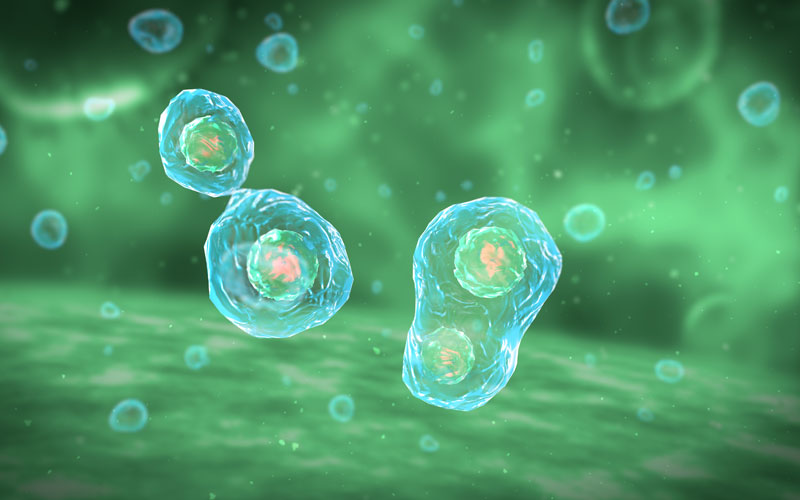Your Organ Is Burning!

And other weird facts about your skin and the sun.

We need the sun. It’s how we grow food, stay warm, and survive on this planet we call home. But as usual, it’s possible to have too much of a good thing. There’s a lot of information out there about what helps with protecting our skin from the sun. But how do we know which of it is true? We did some digging into the research and what we found may surprise you.
Your organ is burning
Our skin makes up 14% of our body mass, making it the largest organ in our bodies. The two main layers of the skin are your epidermis (what you see when you look at your skin) and the dermis layer (which houses nerves, hair follicles, and other important features). Both of them can get a sunburn.
Length of the wave matters
UVB rays are probably the most infamous because they’re both carcinogenic and cause sunburns. But UVB rays are only one of three UV rays from the sun, UVC having the shortest wavelengths and UVA the longest.
The earth’s atmosphere filters out almost all the UVC rays, so we don’t have to worry much about those. But the B and A rays are longer, so they do reach our skin, and in some sneaky ways.
The sun can reach your DNA
Sunburns aren’t the only type of sun damage. As the longest wavelength, UVA rays can wreak havoc on our cells, damaging all kinds of molecules like proteins and even DNA without leaving a visible trace.
Your shirt can save you
One study in 2014 looked at 50 garments and determined that cotton and polyester T-shirts offered excellent protection from ultraviolet rays, while linen shirts offered little to no protection at all.
Sunscreen seriously helps
In 2013, a study showed that people who wore sunscreen daily over the course of four years, had 24% less photodamage compared to those who didn’t. Another study from 2016 showed an even more significant improvement in skincare from wearing broad-spectrum sunscreen every day for an entire year.
This means, that even though people are embracing natural oils in skincare, you might still need that extra layer of sunscreen, especially since most oils found in cosmetics don’t offer any significant sun protection.
Green glass is your friend
Research shows that while smooth ordinary glass still transmits about 74% of UVA rays, all glass blocks UVB rays, with laminated, and green glass completely blocking UVA radiation.
Melanin is only part of the story
The famous melanin is produced by skin cells known as melanocytes. These cells are the main barrier between us and our environment. After UV rays hit our skin, melanocytes increase melanin production and release it into nearby skin cells to protect them. Our ability to actually release this protection depends on our natural skin tone.
A sunburn is your skin inflamed
The redness we see and the heat we feel after a sunburn are signs of inflammation. Increased blood flow happens about 24 hours after excessive sun exposure, followed by an accumulation of immune cells in the burn area after about 48 hours.
This molecule matters
Our bodies have ways of signaling when and where damage occurs. A molecule called NAD (pronounced en-aye-dee) is an essential part of one of these signaling processes.
Some of these signaling proteins use up a ton of NAD when they’re activated. Which is a problem because they’re not the only ones who require NAD. Our bodies use NAD whenever we eat, drink, sleep, or breathe.
It stands to reason that our cells could do a better job if they had enough access to this vital molecule, whether it’s after a long day in the sun or not.













